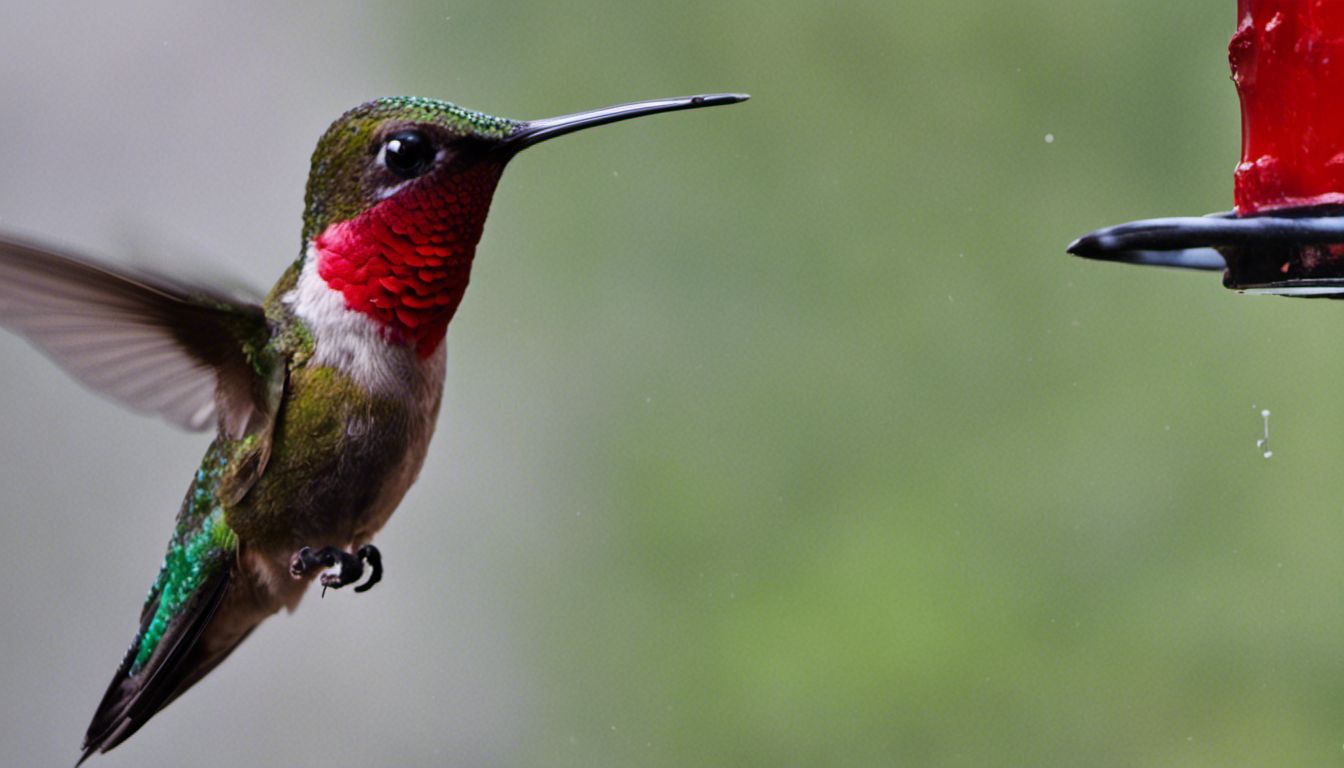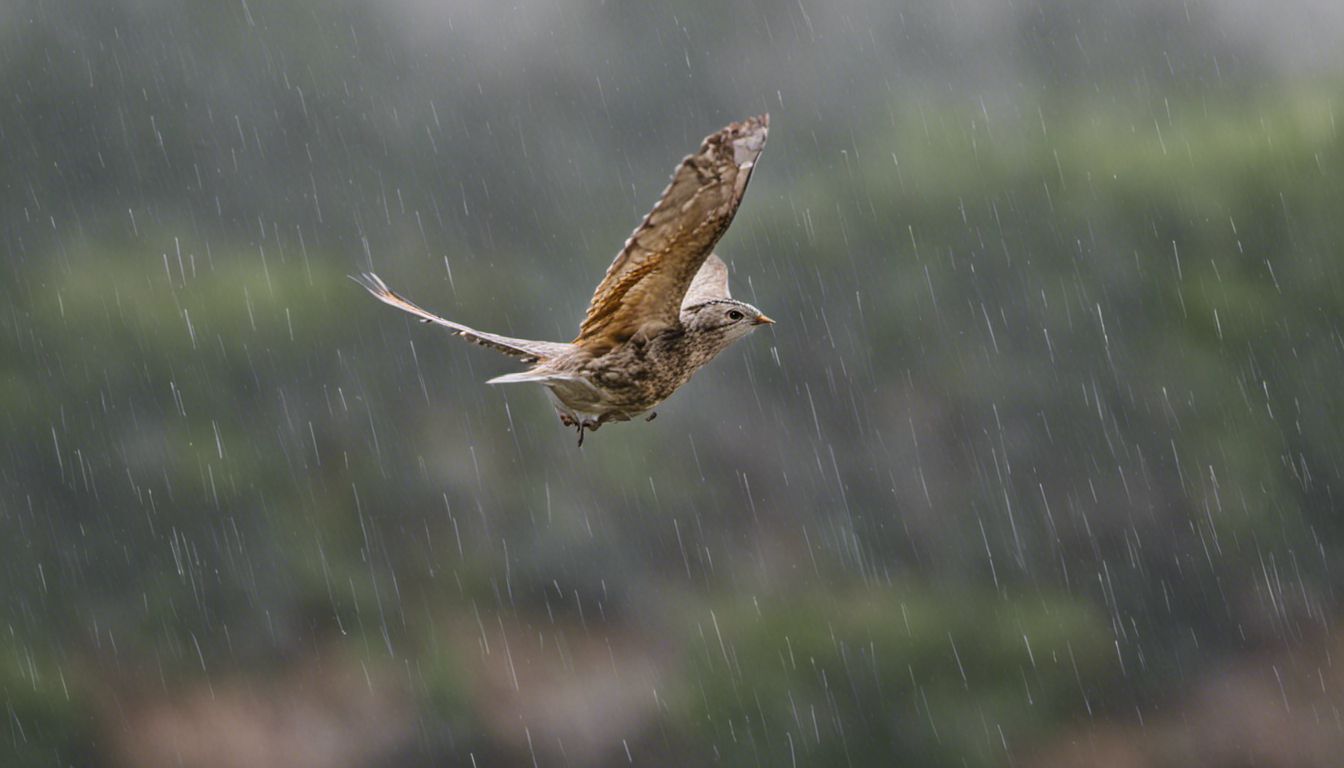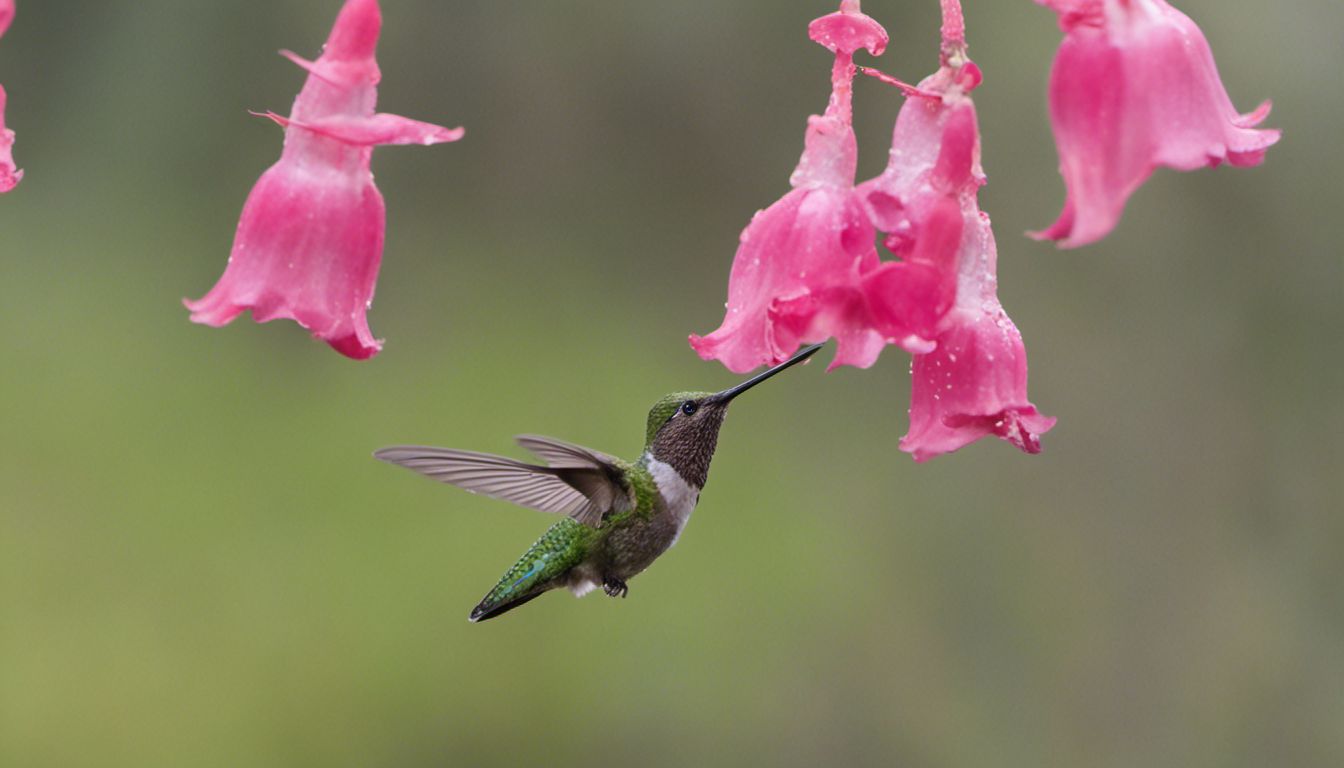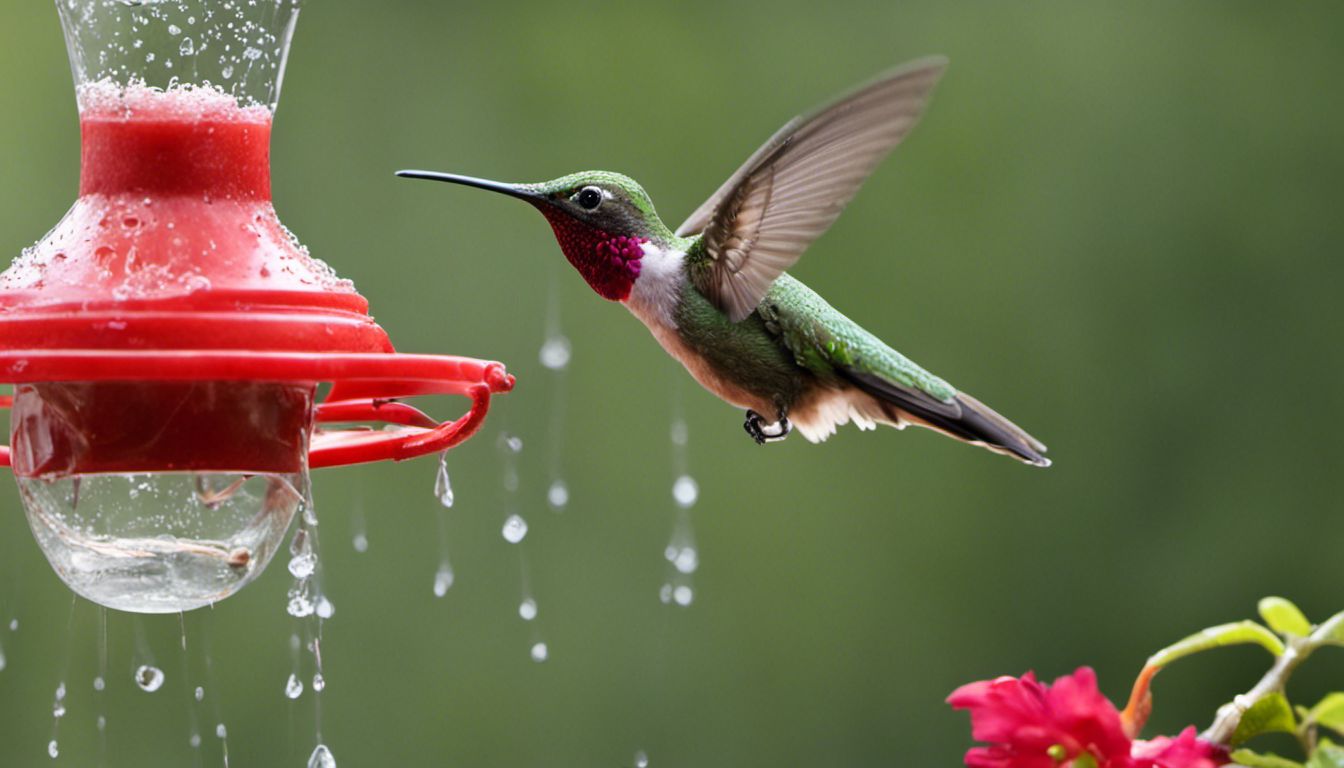During rainfall, hummingbirds seek shelter in trees or shrubs, but they are also able to continue flying and feeding due to their specialized flight abilities. In times of prolonged or severe rainfall, people can assist these birds by providing artificial shelters and ensuring feeders are accessible.
Key Takeaways:
- Shelter-seeking behavior: Hummingbirds find refuge from rain under leaves or in dense foliage to stay dry.
- Resilience in flight: These birds have adapted to fly despite the rain, using their unique hovering ability to feed on nectar from flowers.
- Feeding adaptability: They can adjust their feeding habits, visiting feeders more often when their natural food sources are washed out by rain.
- Human assistance: Installing a feeder with a cover or strategically placing them can help hummingbirds access food during heavy rains.
- Providing shelters: Homeowners can help by putting up hummingbird shelters or planting rain-resistant foliage for natural protection.
Hummingbird Sheltering Behavior During Rainfall

Hummingbirds are quite resourceful when it comes to finding shelter during rainfall. These little birds typically head for areas with dense vegetation, such as thick trees or dense shrubs, which offer protection from the elements. In case of light rain, they might continue their activities, still taking advantage of leaves and branches that shield them from light showers. However, as the rain becomes heavier, they opt for more secure locations, often on the downwind side of a tree or shrub where there’s less precipitation hitting directly.
Sheltering Spots Hummingbirds Look For:
- Areas with dense foliage for minimal exposure to water.
- Protected spaces on the downwind side of trees to avoid getting soaked.
- Preferably underneath thick branches or amidst dense shrubs that serve as umbrellas.
- During light rainfall, locations that allow for continued feeding while staying dry.
- In heavier rains, more secure and hidden spots to ride out the storm.
Flight and Feeding Adaptations in Rainy Weather

Hummingbirds exhibit fascinating flight kinematics and feeding behavior adaptations that enable them to thrive even in the face of rainy weather. Their small size and agile flight capabilities allow them to maneuver through raindrops, adjusting their speed and the angle of their movement for optimal control. When it comes to feeding, they tend to prefer flowers that provide shelter from the rain, such as those with overhanging petals or foliage. The intensity of the rain can have varying effects on their activity levels; light drizzles may not deter them much, but during heavier downpours, they opt for quick foraging trips between bouts of sheltering.
Hummingbird Adaptations for Rainy Days:
- Agile flying techniques allowing them to dodge raindrops.
- Adjusted flight kinematics to maintain stability and energy efficiency.
- Preference for flowers that naturally offer protection from rain.
- Altered feeding behavior to minimize time exposed to heavier rain.
- Behavioral changes based on rain intensity to balance between feeding and staying dry.
Assisting Hummingbirds During Prolonged or Severe Rainfall

During extended periods of rain or in the face of severe weather events like severe storms or hurricanes, there are practical steps people can take to assist hummingbirds. You can ensure that feeders are clean and full, and place them in spots that are sheltered from wind and rain to provide an accessible food source. Additionally, creating a supportive habitat in residential areas can vastly improve the resilience of these tiny creatures against harsh weather. Planting native, rain-resistant plants that provide natural cover and additional nectar supplies can serve as both food source and shelter.
How to Help Hummingbirds During Rough Weather:
- Keep feeders clean to prevent disease and well-stocked with fresh nectar.
- Place feeders under eaves or in patio areas to shield from rain.
- Consider attaching a weather guard to feeders for extra protection.
- Create a habitatsupport with native plants that withstand heavy rain and offer shelter and food.
- During severe storms, secure or take down feeders temporarily to prevent damage.

